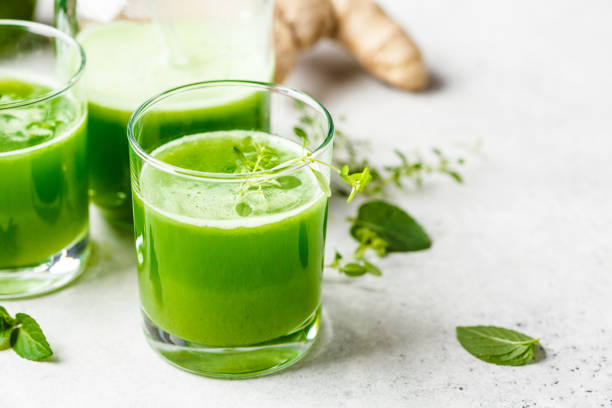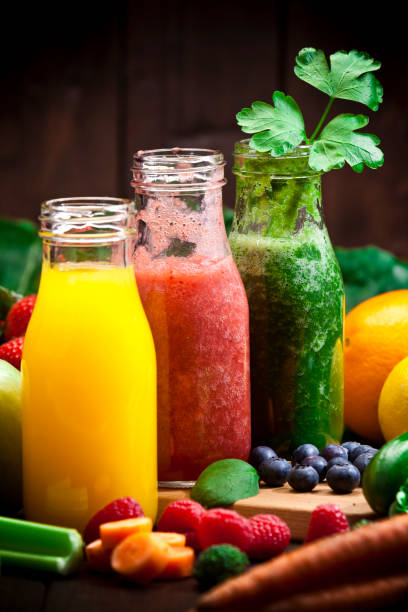There are many various fruit juices that you can drink. They include orange juice, apple juice, cranberry juice, and more. Different fruit juices provide different health benefits. However, certain risks can be found when drinking large quantities of certain juices.
The juice of fruit comes out of the skin or from the whole fruit. The process of making fruit juice is different based on the fruit. However, numerous manufacturers produce the juice after crushing the fruit or “pressing” the fruit to extract the juice before pasteurizing it or adding preservatives prior to packaging the product.
While many juices from fruit have beneficial health benefits, drinking too much juice from fruit can result in health issues for people, including weight gain or changes in glucose levels in the blood.
This article outlines the various fruit juices that are available, as well as their health benefits and the risks associated with them.
What is the difference between “concentrate and not concentrate juices
Manufacturers typically describe juices from the fruit being “from concentrate” and “not from concentrate.” This refers to the manufacturing process.
Producers create the juice which is “not from concentrate” by Juicing the fruit prior to pasteurizing it. Pasteurization requires heating up the juice in order to eliminate pathogens. Manufacturers then pack the juice for sale.
The juice that is described by manufacturers”from concentrate “from concentrate” has one additional step to its production process. First, the manufacturers squeeze the fruits. They then filter the juice in a process that separates any water that is left in the juice. The juice, thus is smaller in size when it is transported.
Prior to pasteurizing, manufacturers add water to the concentrate of juice. After pasteurizing, producers pack the juice to sell.



